Baby simulators (robotic babies) have been used in public schools for some time now. Long enough, in fact, that researchers have now had the chance to collect data and determine whether or not they are actually effective at reducing the risk of teen pregnancy. This is one of the key reasons they exist, after all. Sadly, it seems they are not meeting their intended purpose.
Most baby simulators are given to teens who are participating in an educational class at school. In Australia, where the study was conducted, these teens receive the course over a six-day period. Sexual health, use of contraception, the negative effects of taking drugs and using alcohol during pregnancy, and the financial costs of having a baby are all covered in this course. In addition, they are asked to care for a robotic baby simulator over a weekend.
The simulators cry when they need to be fed, rocked, changed, or burped. There is even a baby that cries because it was (theoretically) exposed to crack/cocaine while in utero. Every action, movement, and motion of these babies are monitored with a tracking device. If they are mishandled – thrown, shaken, placed in a wrong position, left to cry for too long – then the device records the event.
Common belief is that, by caring for this electronic baby, teens will be less likely to actually want to have one, and they’ll take the precautionary measures to avoid pregnancy. Unfortunately, a study on 57 schools in West Australia found this to be untrue. In fact, out of the 1,267 girls who took part in a sexual health education course with the simulator, 8 percent experienced pregnancy before the age of 20 and 9 percent had an abortion.
This was compared to 1,567 girls in the same age range and area who had taken a traditional health education course. This group had a pregnancy rate of 4 percent and abortion rate of 6 percent by the age of 20. In short, the data suggests that the use of a baby simulator may actually increase the risk of pregnancy, not reduce it.
“Similar programs are increasingly being offered in schools around the world, and evidence now suggests they do not have the desired long-term effect of reducing teenage pregnancy,” Dr. Sally Brinkman, one of the authors of the study said.
Of course, the programs are often voluntary, so the authors did point out that some of the girls who participated may already be at an increased risk for pregnancy. However, this does not change the fact that teen pregnancy cannot be undermined with a simple doll. The problems and reasons behind it are far more complex than that.
Many teen moms are from broken homes. Some are sexually, physically, or emotionally abused. Many simply do not have the parental support they need to make good decisions during their teen years. Others may be unable to speak to their parents about safe sex and pregnancy prevention options, such as birth control and/or condoms. In other words, their issues and risk factors are often much deeper than what can be seen on the surface, and that means we need more than a superficial “fix.”
“The cure for teenage pregnancy is more difficult than a magic doll,” Professor Julie A. Quinlivan, University of Notre Dame, said in an editorial linked to the recently published study. “We have to address both mothers and fathers. Programs need to start in infancy. Investments in vulnerable children is needed to entice these adolescents from the path of premature parenthood into brighter futures. We cannot afford the quick fix, especially when it doesn’t work.”

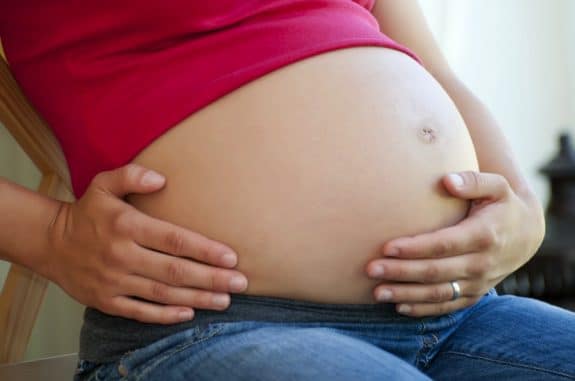
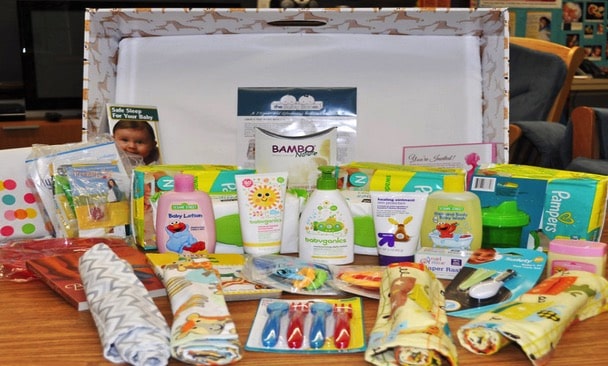
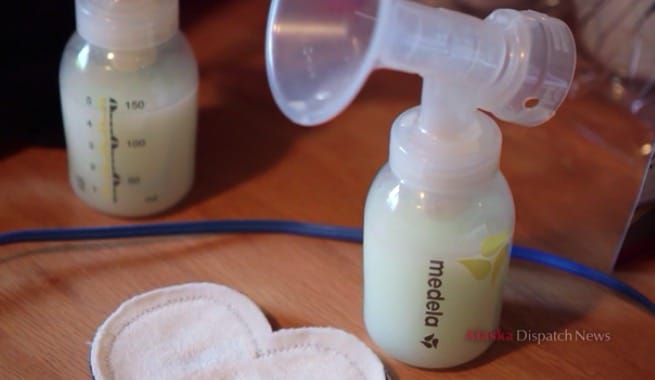
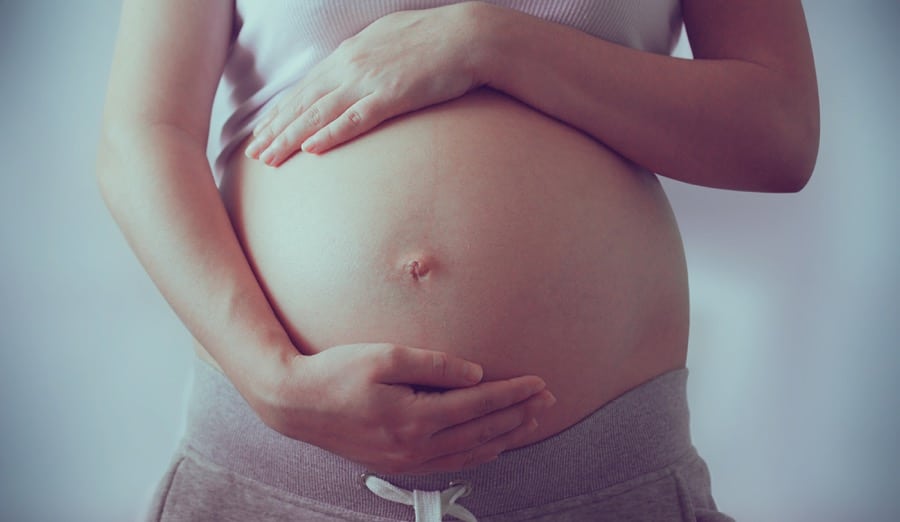


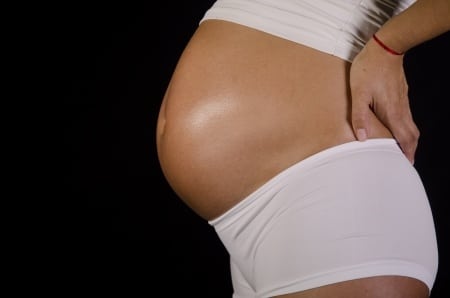
The Lancet’s study is not a representation of our curriculum and simulator learning modality but the researchers’ “adaptation” and is consequently not reflective of our product nor its efficacy. The RealCare Baby® Program is a combination of curriculum and hands-on aids, and if it is being tested and judged for effectiveness, it should be judged in its entirety. The “adaptation” used in the study was developed by Australia’s Swan Hills Division of General Practice, the Coastal and Wheatbelt Public Health Unit and the North Metropolitan Population Health Unit. The class time designated for teaching the adaptation was a mere 2.5 hours. The RealCare Program is 14 hours of class time, learning activities and a prolonged take-home simulator experience. This study is not measuring Realityworks’ program and infant simulator but – as stated in the study – is investigating the effect of Australia’s Virtual Infant Parenting program.
Coincidentally, during the times of this study, Australia had implemented a “Baby Bonus Maternity Payment” with the hopes of increasing the country’s fertility rates. A lump sum was paid to families following the birth of a child. They deemed this program successful with a 12.8% increase of births to mothers ages 20-24 years; they also saw that the program served as an incentive for mothers in their early twenties.